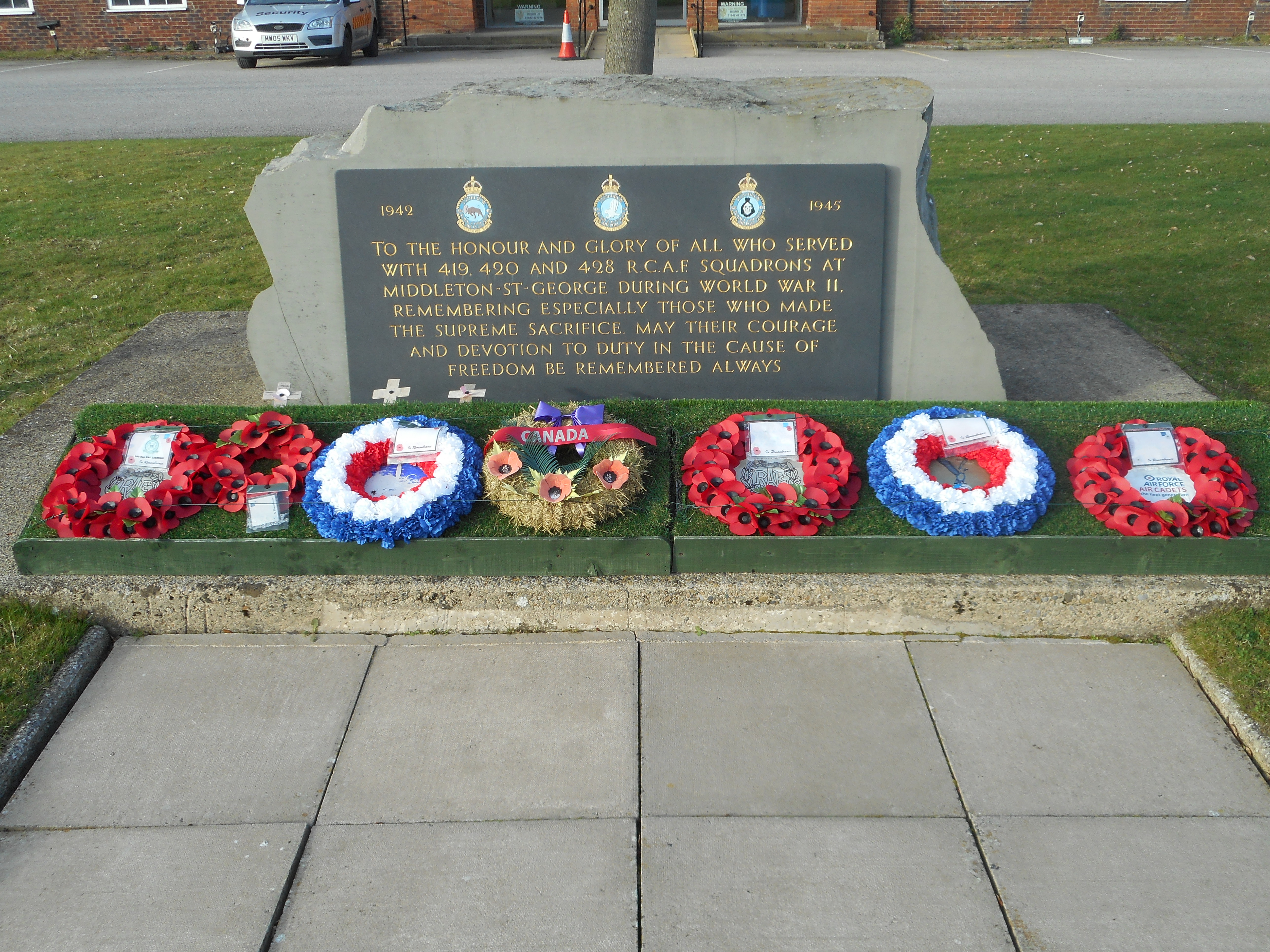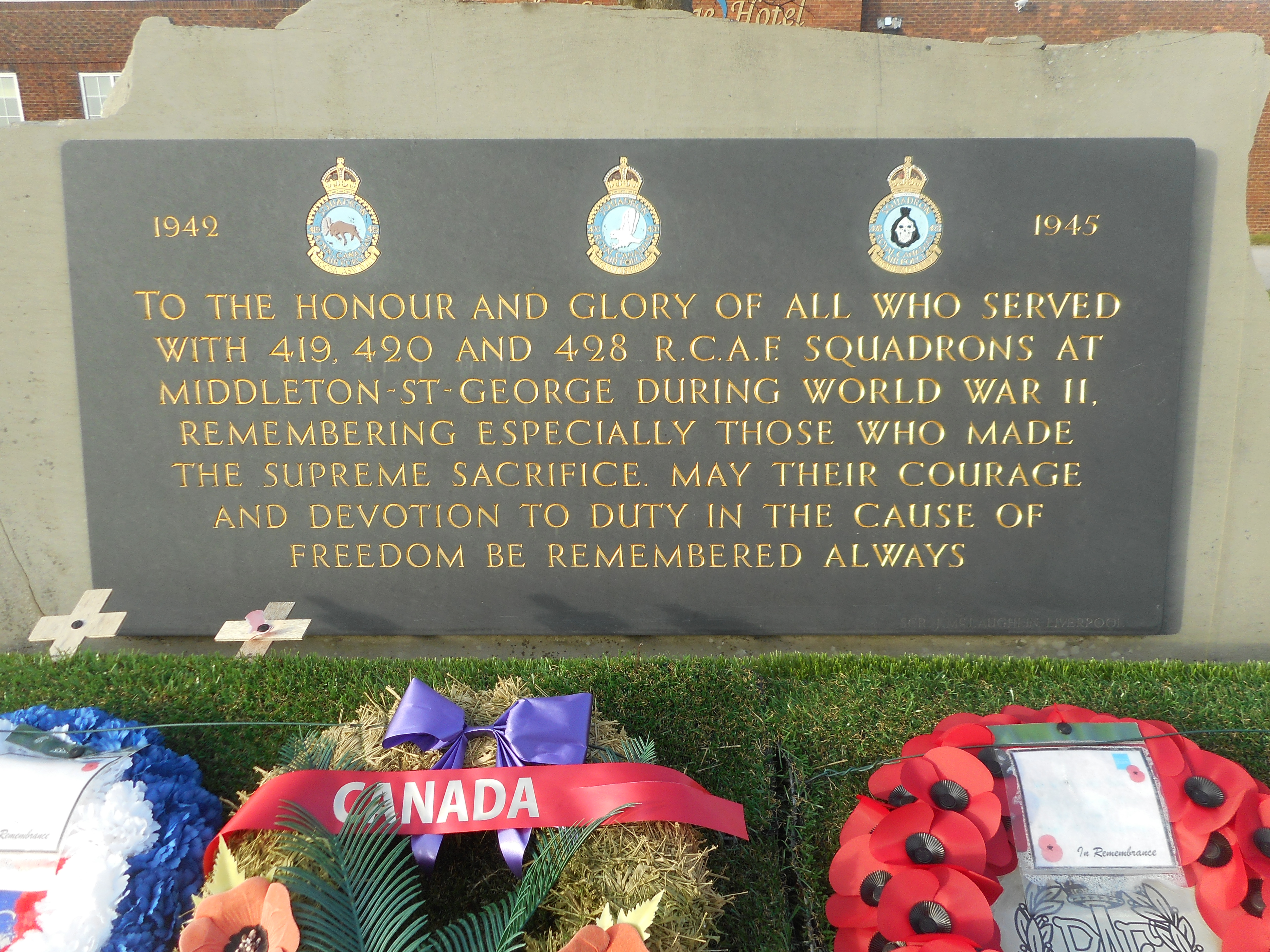Woolverton, Alan Whamond
Personal Information
| Rank | F/O |
| Forename(s) | Alan Whamond |
| Surname | Woolverton |
| Gender | M |
| Age | 23 |
| Date of Death | 20-02-1944 |
| Next of Kin | Son of John A. and Alice Woolverton, of London, Ontario, Canada. |
Aircraft Information
| Aircraft | Handley Page Halifax II |
| Serial Number | JD271 |
| Markings | NA-M |
Memorial Information
| Burial/Memorial Country | Netherlands |
| Burial/Memorial Place | Enkhuizen General Cemetery |
| Grave Reference | Plot 1. Row X. Joint grave 3. |
| Epitaph |
IBCC Memorial Information
| Phase | 2 |
| Panel Number | 269 |
Enlistment Information
| Service Number | J/23297 |
| Service | Royal Canadian Air Force |
| Group | 6 |
| Squadron | 428 (Ghost) |
| Squadron Motto | Usque ad finem (To the very end) |
| Trade | Pilot |
| Country of Origin | Canada |
Other Memorials
| Location | Woolverton Lake, Manitoba; 12km north of High Hill Lake |
| Country | Canada |
| Memorial Type | Lake |
| Memorial Text |
| Location | Adjacent to fomer St. Georges Hotel, Teesside Airport, County Durham |
| Country | United Kingdom |
| Memorial Type | Memorial Stone with inscribed slate tablets |
| Memorial Text | Dedicated to all who served on 428 (RCAF) Sqn at Middleton St. George during WWII, especially those who made the supreme sacrifice |
Commonwealth War Graves Commission
The National Archives
| Record of Events (Operational Record Book) AIR 27/1850/4 |
| Summary of Events (Operational Record Book) AIR 27/1850/3 |
Fellow Servicemen
Please note that this list gives all the losses aboard the quoted aircraft and occasionally these may have occurred on an earlier date when the aircraft was not itself lost. Please check the dates of death carefully.
Last Operation Information
| Start Date | 19-02-1944 |
| End Date | 20-02-1944 |
| Takeoff Station | Middleton St. George |
| Day/Night Raid | Night (22% moon) |
| Operation | Leipzig. 823 aircraft, 78 losses (9.5%). Excluding early returners, the Halifax loss rate was 14.9%. As a result, Halifax Mks II and V were permanently withdrawn from service over Germany. The Kiel mine laying diversion was successful in drawing off fighters, but the German controllers only sent half of the available aircraft. As soon as the bomber stream crossed the Dutch coast they were confronted by the remaining half of the fighters and, moreover, the ones sent to Kiel were returned to join the fray. As a consequence, the fighters steadily picked off bombers all the way to this distant target. The winds were strongly than had been predicted and many bombers arrived early and had to orbit the target awaiting the Pathfinders, further increasing the likelihood of being picked off, either by flak or fighters. Leipzig was cloud covered and sky-marking had to be used. Early bombing appeared to be concentrated but later bombing less so. There was no local report nor a reconnaissance flight the following day. An American raid the following day then made it impossible to judge the effectiveness of the raid. |
| Reason for Loss | Crashed into the Ijsselmeer off Andijk |



